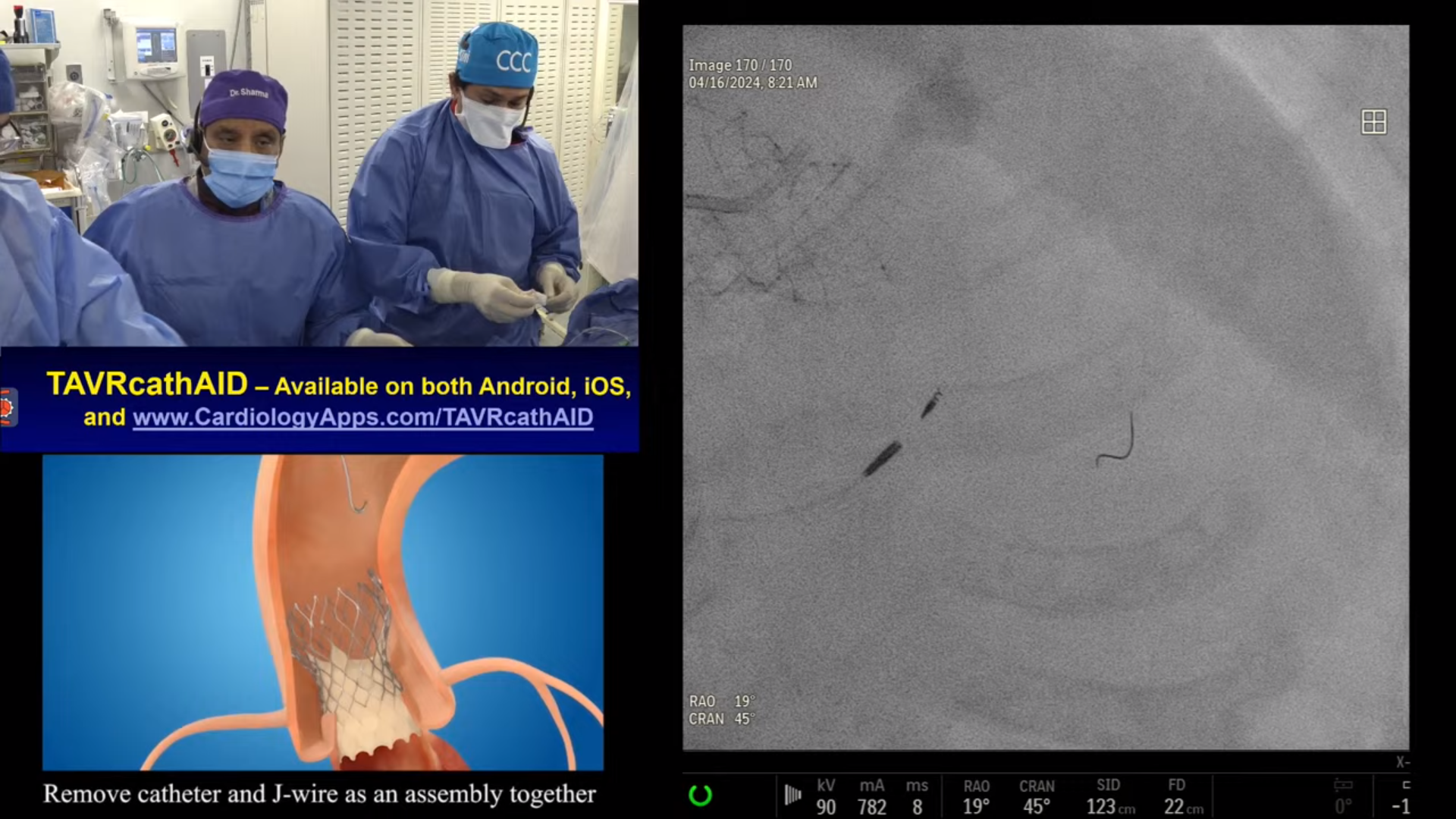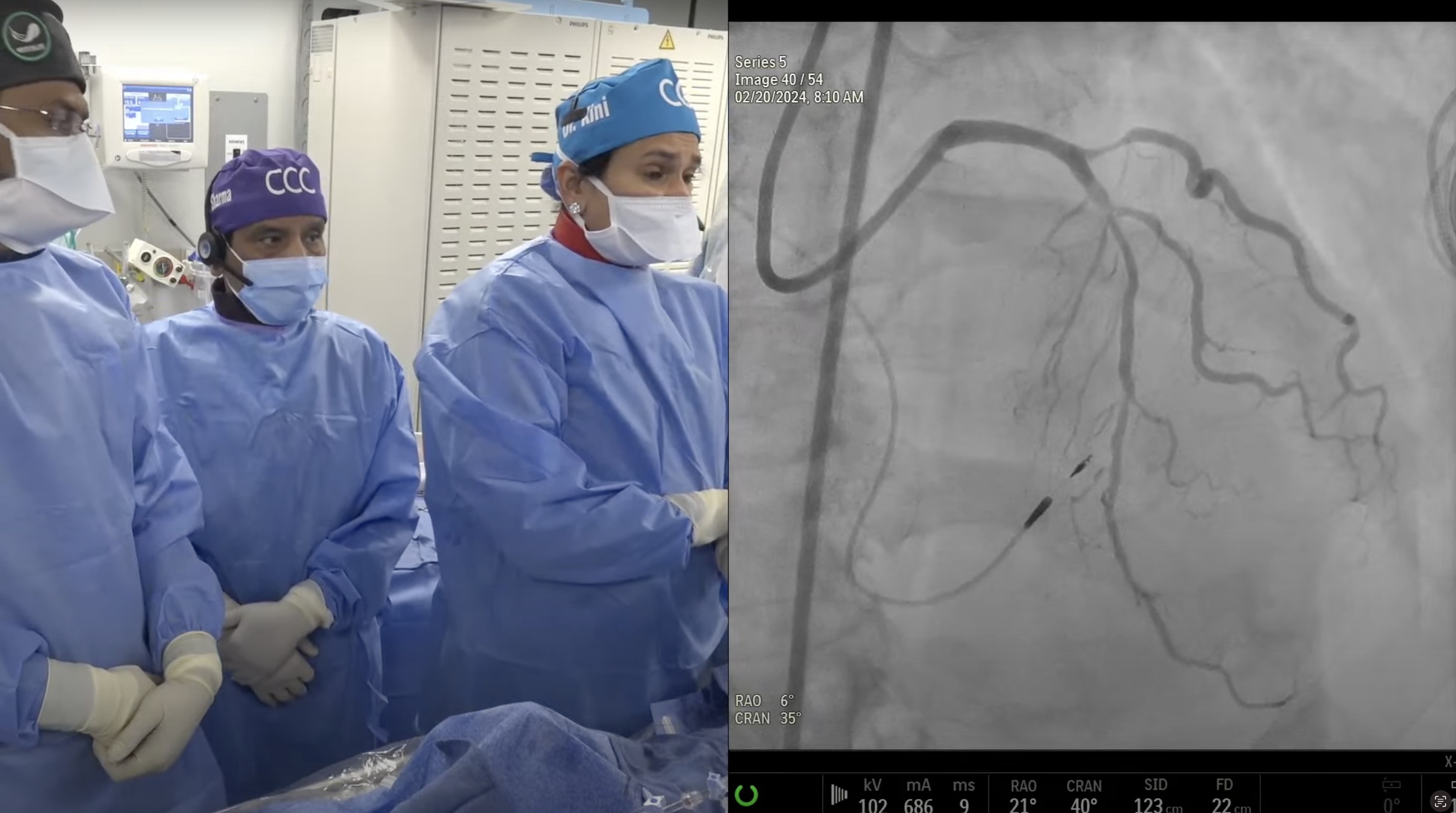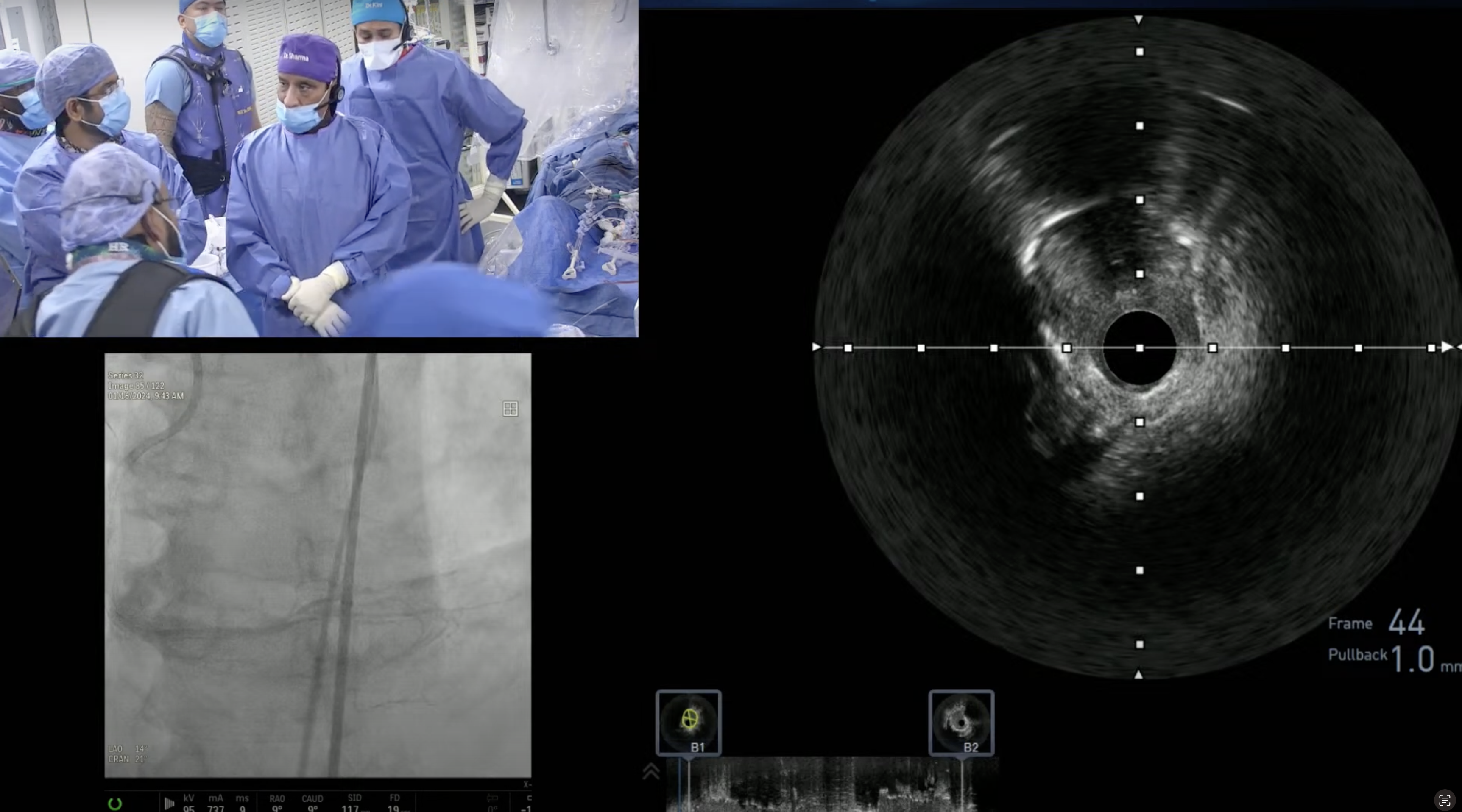Q&A
Q
Can we infer that the interventional cardiologists were correct in the EXCEL debate?
A.
Yes for the the controversial topic of observed higher 5-year mortality after PCI in the Excel trial, the recent meta-analysis of 5 RCTs with 1-5 years of f/u has shown similar mortality after PCI and CABG. Hence it is appropriate to say that Interventionalists were correct in the EXCEL debate.
Q
Is the biggest take home message similar mortality rates?
A.
Yes it is a very important message that both PCI and CABG have similar mortality in low-intermediate Syntax risk pts (Syntax score <33). This observation will be very important for the PCI update guideline writing committee.
Q
Would this data affect guidelines?
A.
I expect these LM PCI outcome observations will favorably influence the guidelines writing committee to make PCI as a viable alternative to CABG for the treatment of less complex LM CAD.
Q
Should most non Type 1 AMI have a diagnostic catheterization?
A.
Yes as shown in the reports as well as our own experience at Sinai, 65-70% of type 2 MI have significant CAD and treating it appropriately may improve their prognosis. Cath is recommended in thsese semi-elective setting rather then urgent setting after the primary event cools down. Cath is not recommended in cases of myocardial injury as it is more of a myocardial process rather then CAD. More important part of the management of type 2 MI should include appropriate MT similar to type 1 MI. I hope these aggressive strategic measures will improve type 2 MI favorably. We have set a predefined protocol on those lines to treat Type 2 MI at MSH with a dedicated interventionalist and a NP to manage these pts in non-cardiolgy units.
Q
Clearly the Type 2 AMI also explains the atypical presentation in women?
A.
Yes presentation of Type 2 MI may be very atypical in both men and women but will have some underlying illness and predisposing factor causing supply/demand mismatch along with rise and fall of Troponin.
Q
Why do you like the Gaia wire?
A.
We like Gaia wire because of their 1:1 torqueability, hydrophilic coating, differential penetration power (Gaia 2; 0.011” tip and 3.5gm penetration power , Gaia 3; 0.012” tip and 4.5gm penetration power) and ability to remain in the lumen. another key to use these wires is not to over torque and wait few seconds after each movement as ropecoil design tip will find the way into true lumen or pierce the tough CTO cap.
Q
What are the changes between earlier and the new Gaia 3?
A.
We actually have only first generation of Gaia 2 and Gaia 3 series. The Gaia 3 has 4.5gm top and 0.012” tip and is ideal for CTO recanalization.
Q
What percentage of your CTO are using the R femoral, L radial strategy?
A.
Approximately 70% of CTOs are done using Rt femoral (working guide) and Lt radial (for retrograde collaterals) in our cath lab. Bilateral femorals are used in 26-28% of cases and bilateral radials in <5% of CTO cases.
Q
Even for retrograde approach?
A.
For planned rare retrograde approach, most (>95%) are done using both femorals and rarely combination of Rt femoral and Lt radial.
Q
What was the key reason for success in today’s procedure?
A.
Persistence and recognizing early that Gaia 3 has gone subintimal and then quickly escalate to Confianza 9 guidewire.






Dear all
I can.t see the webcast
regularly follow up live cases
In psychiatric patient compliance of drugs remains a big challenge.Do you think post PCI in such complex case compliance makes you little worry.
I can not view the case
how can i see it
The file is not available
I can only see the case description but no video link to the case.
very useful
WHERE IS THE VIDEO
good
still no youtube video on this case?
Could not download archived case